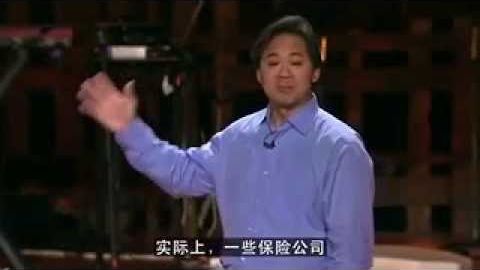ウィリアム・リー博士による抗血管新生レスベラトロールによるがん予防について
庸子 が 2015 年 07 月 01 日 に投稿  この条件に一致する単語はありません
この条件に一致する単語はありません- n. (c./u.)病気;植物病;弊害
- v.t.むしばむ
US /oˈbisɪti/
・
UK /əʊ'bi:sətɪ/
US /ˈsɪstəm/
・
UK /'sɪstəm/
- n. (c./u.)システム;方式;(身体)系統;(コンピューター)システム
- adj.組織的に : 論理的に
エネルギーを使用
すべての単語を解除
発音・解説・フィルター機能を解除
